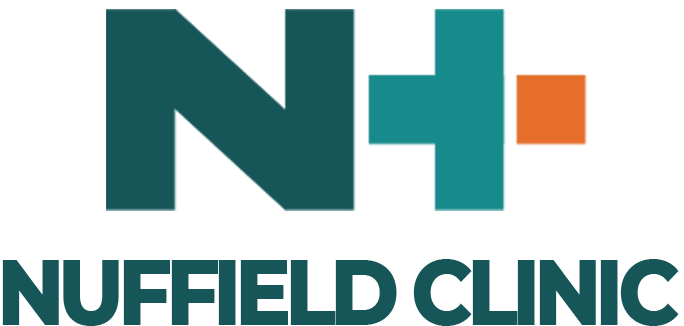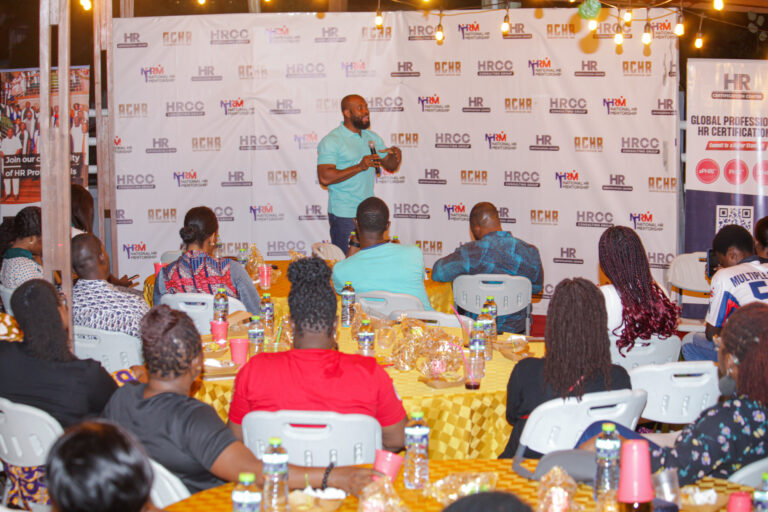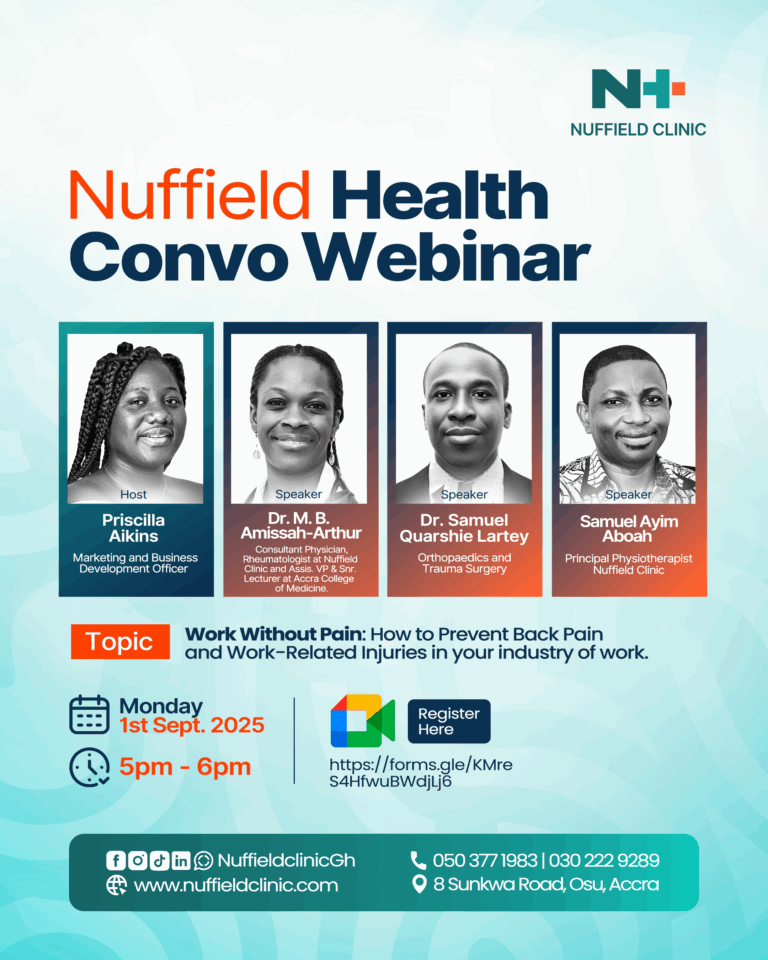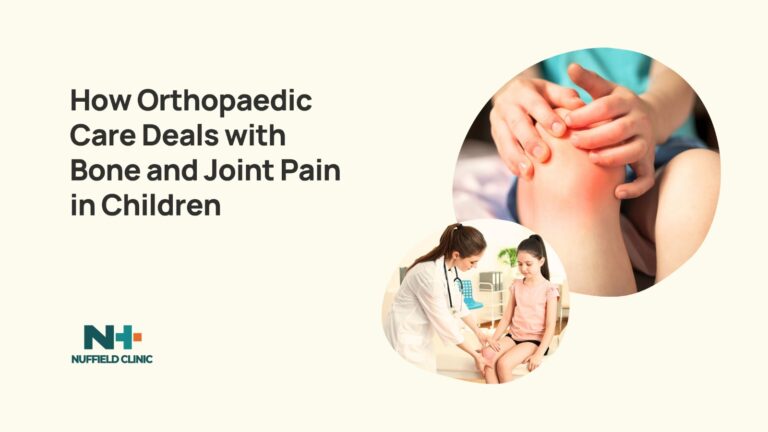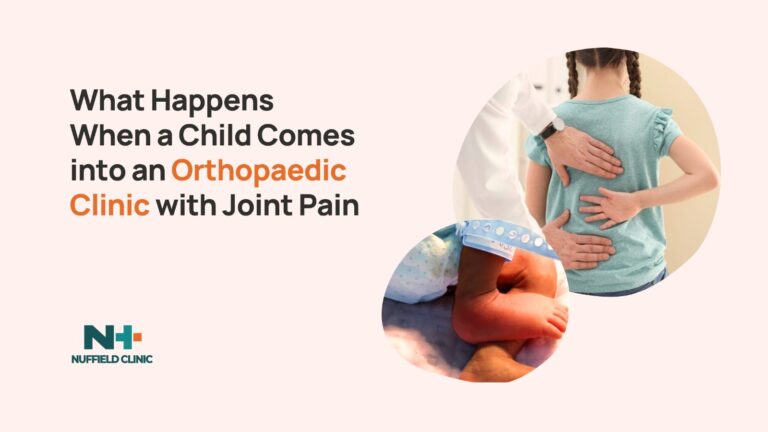How to Recover from Broken Bones and Get Back to Normal Faster
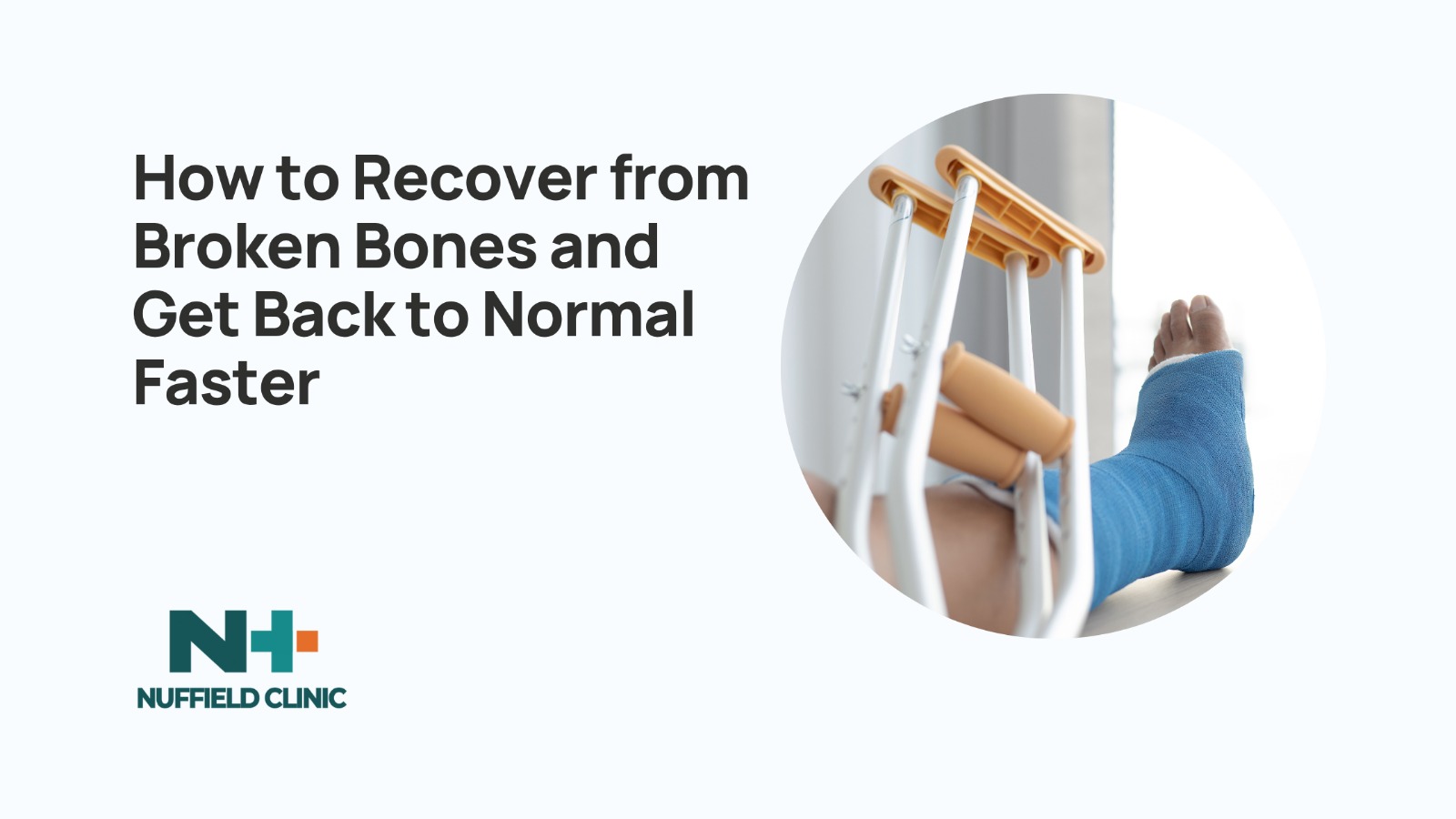
Have you recently suffered a broken bone or are supporting someone who has, and you’re eager to recover quickly and safely? This article is for you. Whether you’re a patient recovering from a fracture, a caregiver, a Physiotherapy student, or simply someone who wants to be well-informed about the healing process, you’ll find clear, practical insights here.
This guide breaks down the science and strategies of bone healing into simple, easy-to-follow language to help you or your loved ones get back on your feet faster. Sharing this information not only empowers others to make smarter recovery decisions but also spreads awareness about the importance of proper care, nutrition, and therapy in the healing journey.
Recovery from Broken Bones
A broken bone can disrupt your daily routine, limit your mobility, and leave you feeling frustrated, especially when it lingers longer than expected. Whether it’s a hairline fracture or a more complicated break, the path to recovery can be smoother and quicker when you understand what your body needs and take steps to support the healing process. This guide is designed to walk you through exactly how to recover from broken bones and get back to your normal activities faster, with a blend of proven strategies, expert insights, and practical lifestyle recommendations.
At Nuffield Clinic, we specialise in supporting patients through fracture rehabilitation and full functional recovery using a holistic and medically-informed approach. If you’re looking for personalised care to speed up your healing journey, we’re here to help.
The Healing Process Starts with Proper Medical Management
Healing begins the moment a fracture occurs, but for that natural process to complete properly, medical intervention is essential. One of the most critical components in early-stage recovery is immobilisation. This ensures that the broken bone remains aligned and undisturbed while the body works to rebuild the damaged tissue. Techniques like casting, splinting, or bracing are often used to achieve this.
Orthopaedic experts emphasise that failing to immobilise a bone correctly can significantly delay recovery or cause complications. Even if you feel less pain or are tempted to resume light activities, any premature movement or weight-bearing can place undue stress on a fragile fracture, compromising the healing process. At Nuffield Clinic, our team ensures your fracture is stabilised properly and monitors your progress closely to prevent setbacks.
Fueling the Healing Process with the Right Nutrition
Once the bone is secured, your body begins the hard work of repairing it from the inside out, and it can’t do this effectively without the right nutrients. Think of your diet as a toolkit for healing. Each nutrient plays a role in rebuilding the bone structure, restoring strength, and fueling regeneration.
Calcium and phosphorus form the primary building blocks of bone. Vitamin D enhances calcium absorption, making it easier for the body to direct these minerals where they’re needed most. Vitamin K supports bone mineral density, while vitamin C helps form collagen, a protein essential for bone flexibility and strength. Iron supports healthy blood flow, which carries all of these nutrients to the healing site. Meanwhile, protein is vital for cell regeneration and the development of new tissue.
Micronutrients such as magnesium, zinc, manganese, boron, copper, and silicon also play subtle but crucial roles in the mineralisation and structural integrity of bone tissue. To supply your body with these essential compounds, focus on a diet rich in dairy products, leafy greens, nuts, seeds, fatty fish, eggs, lean meats, whole grains, and plenty of fresh fruits and vegetables. If needed, our clinical nutrition team at Nuffield Clinic can provide tailored dietary guidance and supplementation to boost your recovery.
Movement Matters, When the Time is Right
While rest and immobilisation are essential in the beginning, movement and rehabilitation become vital as you enter the next phase of healing. Once your doctor or therapist clears you for activity, structured physical therapy can make a profound difference.
Therapeutic exercises help restore strength, flexibility, and coordination. Activities may include gentle range-of-motion exercises to reduce stiffness, strengthening routines to rebuild muscle support and balance training to prevent re-injury. These movements stimulate blood circulation, which in turn helps transport nutrients and remove waste from the injury site.
At Nuffield Clinic, our physical therapy programs are custom-designed for each patient. We combine evidence-based techniques with close monitoring, ensuring that every stretch and movement supports, not compromises, your healing. Our experienced therapists will guide you through a personalised regimen, whether you’re recovering from a simple wrist fracture or a more complex hip injury.
Avoid What Slows You Down
As important as it is to focus on what helps, it’s equally critical to steer clear of things that can hinder recovery. Smoking and alcohol consumption are known to negatively affect bone biology. These substances reduce blood flow and impair the function of bone-building cells, slowing the healing process considerably. If you’re recovering from a fracture, abstaining from these habits, at least until healing is complete, is one of the smartest decisions you can make.
Certain medications, such as ibuprofen or aspirin, though commonly used to manage pain, may interfere with the body’s inflammatory response needed for bone healing. Always consult with your doctor before taking any over-the-counter medication during your recovery period.
Diet-wise, high intake of salt, sugar-sweetened beverages, caffeine, and cola should be limited. These can impair calcium retention and compromise bone health. Our team at Nuffield can help identify and eliminate these hidden saboteurs from your diet.
Patience is Part of the Treatment
One of the most common mistakes patients make is testing their healing too early. Whether it’s trying to walk unaided or skipping a follow-up appointment because the pain is reduced, these actions can be costly. The initial bone structure formed after a fracture (called a callus) is temporary and much weaker than mature bone. Premature strain can cause it to break down, setting your recovery back by weeks or even months.
Healing timelines vary depending on the type and severity of the fracture, your age, and overall health, but most bones take between 4 and 12 weeks to heal. At Nuffield Clinic, we emphasise consistent follow-up, guided rehabilitation, and patient education to help you progress safely through each recovery stage.
Understanding Fracture Types and Associated Risks
Not all fractures are the same. From hairline cracks to severe compound breaks, the type of injury dictates the treatment plan and recovery path. Common types include closed (simple), open (compound), greenstick, comminuted, avulsion, and compression fractures. Each type has its own risks, from infection to poor bone alignment and even stunted growth in children.
Knowing your fracture type can help you set realistic expectations and avoid complications. Our specialists at Nuffield Clinic work closely with patients to provide clarity about their diagnosis and create a treatment plan suited to the specific injury and lifestyle needs.
Exploring Additional Aids to Healing
While traditional medical care remains the foundation of bone healing, certain adjunct therapies may offer additional support. Technologies like Low-Intensity Pulsed Ultrasound (LIPUS) have shown promise in stimulating bone repair in various types of fractures without known side effects. Similarly, some patients report benefits from therapies like electrical stimulation, magnetic field treatment, or acupuncture, though more research is needed to validate their effectiveness.
Natural remedies such as essential oils (like cypress or fir-needle) and lymphatic massage are occasionally used to support nerve and tissue repair. However, these should always be used under professional supervision to avoid interference with conventional treatment.
Get Back on Your Feet with Nuffield Clinic
Recovering from a broken bone is a journey, one that demands time, discipline, and expert support. With the right combination of medical management, nutrition, physical therapy, and lifestyle adjustments, you can not only heal faster but also regain full function and confidence in your body.
At Nuffield Clinic, we are committed to helping you recover efficiently and safely. From accurate diagnostics and personalised rehabilitation programs to dietary planning and ongoing care, our multidisciplinary team works together to bring you back to health, stronger and more resilient than before.
If you or a loved one is recovering from a fracture, don’t wait. Reach out to us today and take the first step toward a faster, fuller recovery.
